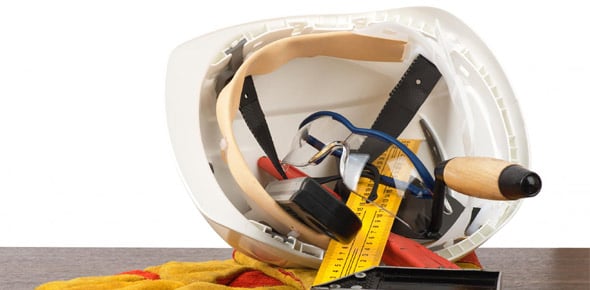April - First Aid - Choking (Airway Obstruction)
- CPR
- AED
- BLS
2.
You may optionally provide this to label your report, leaderboard, or certificate.
×
Thank you for your feedback!
















